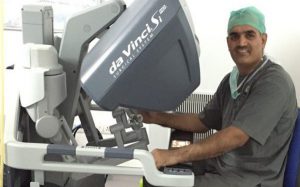Most patients can resume normal activities within one week, including driving, walking up stairs, light lifting, and work. You are encouraged to engage in light activity while at home after surgery. Speak to your doctor before carrying out any strenuous work.



